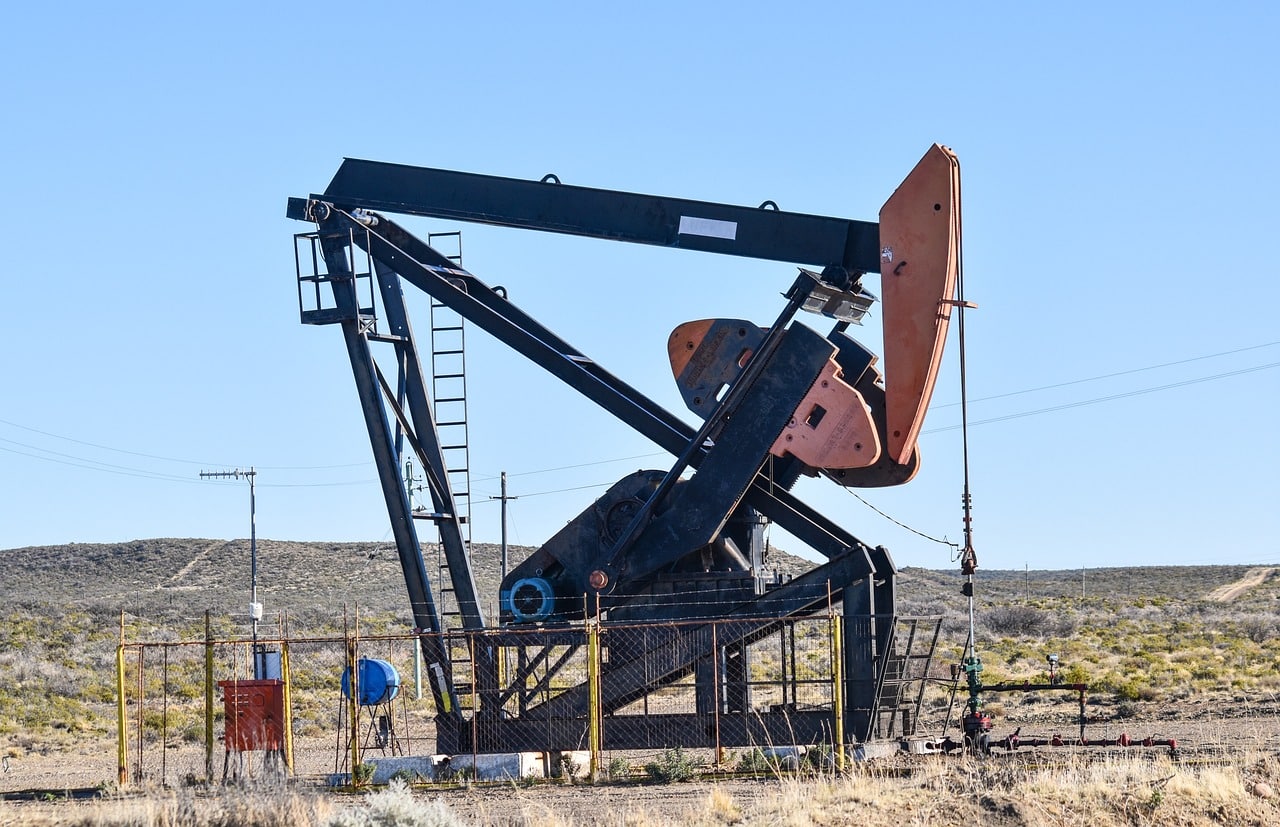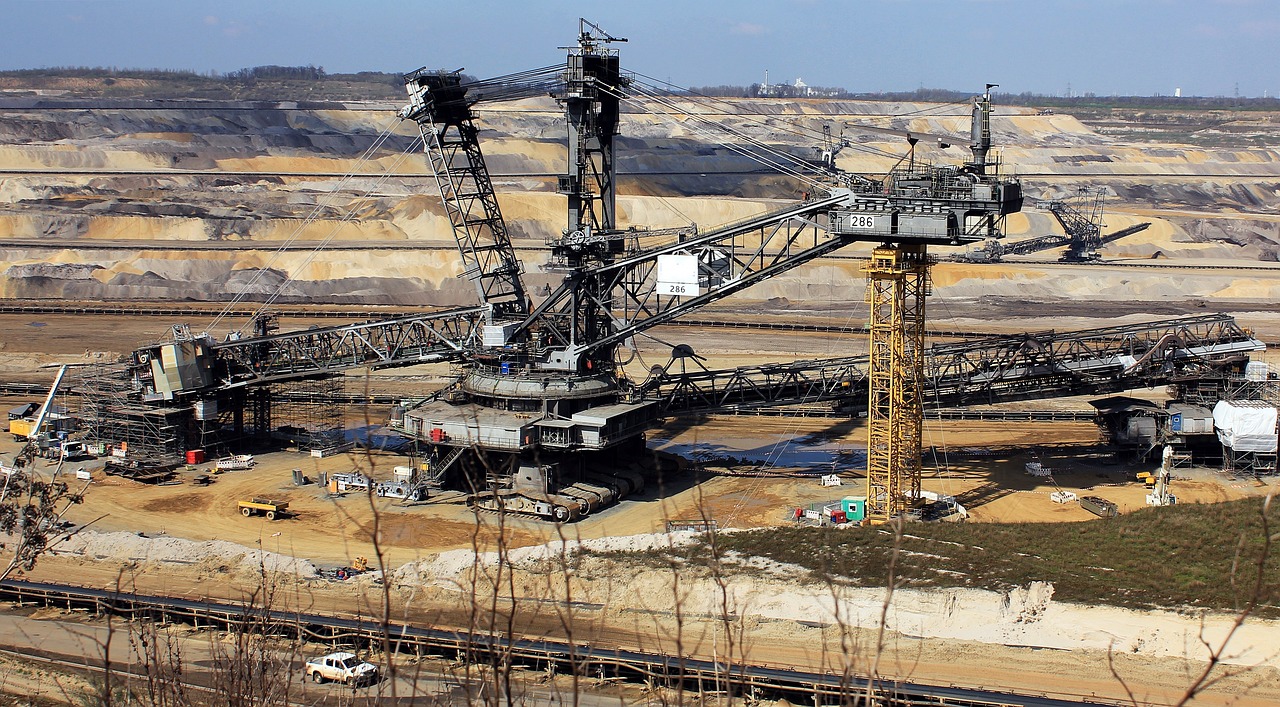
Oil is a non-renewable resource.
Non-renewable resources are those whose reserves will inevitably run out at some point since it is not possible to produce, cultivate or regenerate them to sustain their consumption rate. This means that the consumption of non-renewable resources is greater than nature's capacity to recreate them.
It should be noted that the goods and services that nature provides directly (that is, without human intervention being necessary) are known as natural resources . This set can be divided between renewable resources (which can be regenerated as long as exploitation is not excessive) and the aforementioned non-renewable resources or exhaustible resources .
An example of a non-renewable resource is oil . Once oil reserves have been depleted, there will be no way to obtain this natural oily liquid again. Specialists affirm that, if the current rate of extraction continues and without new deposits being found, world oil reserves will be exhausted in less than half a century.
Types of non-renewable resources
Specifically, we can establish that there are two clearly defined types of non-renewable resources. Thus, on the one hand, there are fossil fuels , which are those natural resources that are the result of the modifications that biomass has been undergoing for centuries and that have great energy potential.
In this way, we can determine that three such elements are oil , natural gas and coal . Their advantages are that they are cheap and easy to extract while among the elements that are against them is the fact that they pollute, that they can be used up and that they emit toxic gases.
On the other hand, the second major type of non-renewable resources is that formed by what is known as nuclear energy . It is not seen very well due to the fact that it has a high cost, is highly polluting and dangerous and can be used for not exactly peaceful purposes.

Minerals, extracted through mining activity, constitute a non-renewable resource.
nuclear weapons
Regarding this last point we can emphasize that it allows the creation of what are known as nuclear weapons such as atomic bombs. These are weapons of mass destruction and were used in our most recent history: specifically, the United States launched two in 1945 against the cities of Hiroshima and Nagasaki .
A nuclear attack against those Japanese cities was the only one of its kind carried out and which meant that more than 200,000 people died . All this without forgetting that others also died as a result of cancers and leukemias caused by that nuclear weapon.
Minerals, other non-renewable resources
Minerals are also part of non-renewable resources. Mining is responsible for the extraction of minerals and other materials from the Earth's crust; Mining exploitation consists of dynamiting mountains and other similar activities that literally destroy the land. When there are no more minerals left in the quarries, they are abandoned.
Protecting and replacing non-renewable resources are some of the main tasks for environmental groups. Solar energy and wind energy , for example, are alternatives to the use of oil and hydrocarbons.
